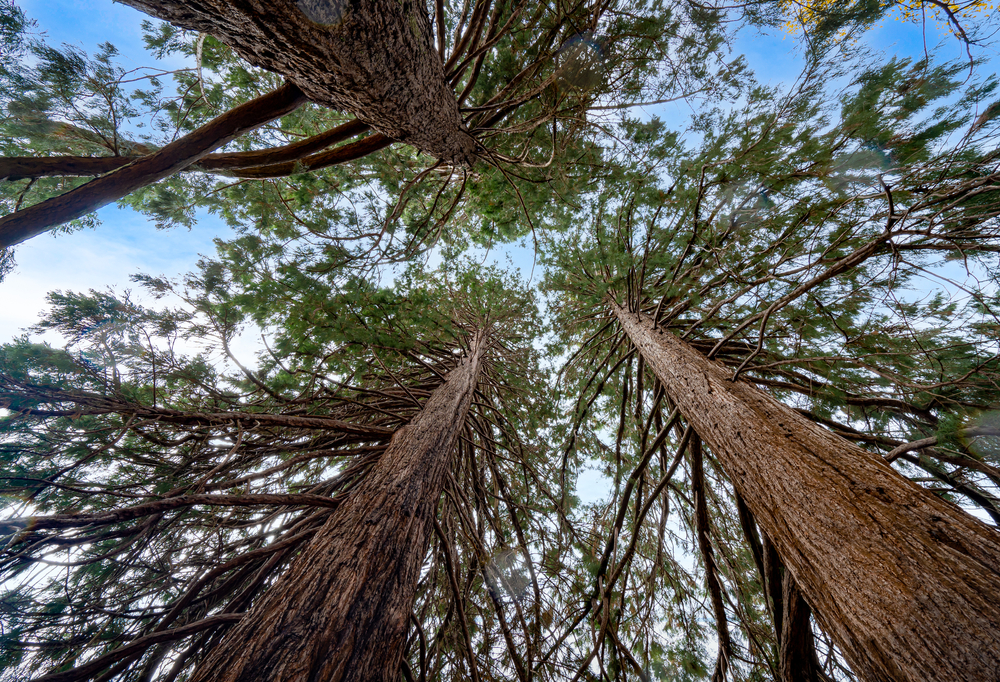
Cedar trees, with their striking appearance and resilience, are cherished fixtures in many landscapes. Whether lining a driveway, gracing a backyard, or standing sentinel in a park, these majestic trees evoke a sense of strength and beauty. However, like all living organisms, cedar trees require proper care and nourishment to thrive. In this comprehensive guide, we’ll explore the intricacies of cedar tree fertilization, delving into the importance of understanding their nutritional needs, selecting the right fertilizers, and implementing an effective fertilization regimen to promote optimal growth and health.
Understanding Cedar Tree Nutrition
Before diving into fertilization techniques, it’s crucial to grasp the nutritional requirements of cedar trees. Like most plants, cedar trees require a balanced diet of essential nutrients to support their growth and development. These nutrients include:
1. Nitrogen (N): Essential for promoting healthy foliage and vigorous growth.
2. Phosphorus (P): Facilitates root development, flowering, and fruiting.
3. Potassium (K): Aids in overall plant health, stress tolerance, and disease resistance.
4. Micronutrients: Trace elements such as iron, zinc, and manganese, which are necessary for various biochemical processes within the plant.
Cedar trees, particularly those growing in nutrient-poor soils or urban environments, may benefit from supplemental fertilization to ensure they receive an adequate supply of these essential nutrients.
Choosing the Right Fertilizer for Cedar Trees

When selecting a fertilizer for cedar trees, it’s essential to consider several factors, including the tree’s age, soil conditions, and specific nutritional requirements. Here are some key considerations:
1. Nutrient Content
Look for fertilizers with a balanced NPK ratio (e.g., 10-10-10) to provide cedar trees with the essential nutrients they need.
2. Slow-Release vs. Quick-Release
Slow-release fertilizers are ideal for cedar trees as they provide a steady supply of nutrients over an extended period, reducing the risk of over-fertilization and nutrient leaching.
3. Organic vs. Synthetic
Organic fertilizers, derived from natural sources such as compost, manure, and bone meal, offer long-term benefits by improving soil health and microbial activity. However, synthetic fertilizers can provide quick results but may lead to nutrient imbalances and soil degradation over time.
4. pH Compatibility
Cedar trees prefer slightly acidic to neutral soils (pH 5.5-7.0). Choose fertilizers that won’t significantly alter the soil pH or select amendments to adjust the pH if necessary.
Implementing an Effective Fertilization Regimen

Once you’ve selected the appropriate fertilizer, it’s time to implement a fertilization regimen tailored to your cedar trees’ needs. Here’s a step-by-step guide:
1. Soil Testing
Begin by conducting a soil test to assess the nutrient levels and pH of the soil around your cedar trees. This will help determine any deficiencies or imbalances that need to be addressed.
2. Timing
Fertilize cedar trees during their active growth periods, typically in early spring before new growth appears and again in late summer or early fall to promote root development before winter dormancy.
3. Application
Apply the fertilizer evenly around the drip line of the tree, avoiding direct contact with the trunk. For young cedar trees, use smaller amounts of fertilizer and spread it further from the trunk to prevent root burn.
4. Watering
After applying fertilizer, water the soil thoroughly to ensure proper nutrient uptake by the roots. Continue to water as needed, especially during dry periods, to prevent stress and promote healthy growth.
5. Monitor and Adjust
Regularly monitor the health and growth of your cedar trees and adjust your fertilization regimen as needed based on their response. Avoid over-fertilization, as it can lead to nutrient imbalances, root damage, and environmental pollution.
Common Fertilization Mistakes to Avoid
While fertilization is essential for cedar tree health, there are several common mistakes to avoid:
1. Over-Fertilization
Applying too much fertilizer can cause nutrient imbalances, root burn, and environmental pollution. Follow recommended application rates and timing guidelines.
2. Under-Watering
Fertilizer requires moisture to dissolve and be absorbed by the roots. Ensure adequate soil moisture after fertilizing to promote nutrient uptake.
3. Ignoring Soil pH
Cedar trees prefer slightly acidic to neutral soils. Test soil pH regularly and adjust as needed to maintain optimal growing conditions.
4. Using the Wrong Fertilizer
Not all fertilizers are suitable for cedar trees. Choose a fertilizer specifically formulated for woody plants or evergreens to meet their nutritional requirements.
Conclusion: Providing the Best Fertilizer for Cedar Trees
In conclusion, proper fertilization is essential for promoting the health, vigor, and longevity of cedar trees. By understanding their nutritional needs, selecting the right fertilizer, and implementing an effective fertilization regimen, you can ensure that your cedar trees thrive and flourish for years to come. Remember to monitor their growth, avoid common fertilization mistakes, and adjust your approach as needed to provide optimal care. With the right nutrients and care, your cedar trees will continue to grace your landscape with their timeless beauty and strength.